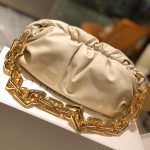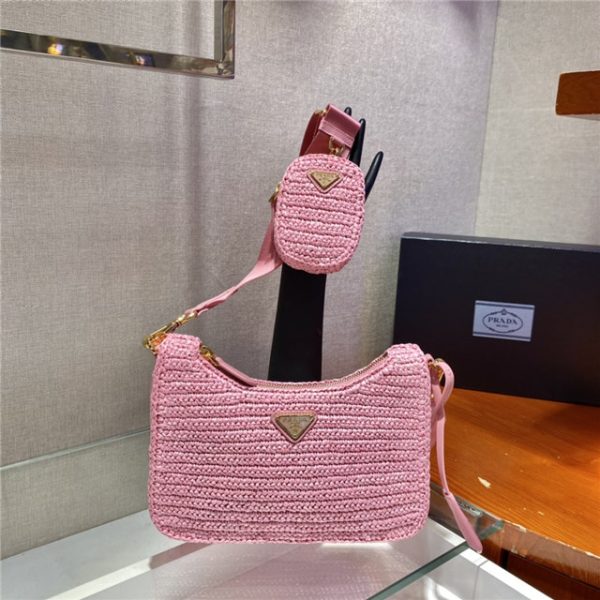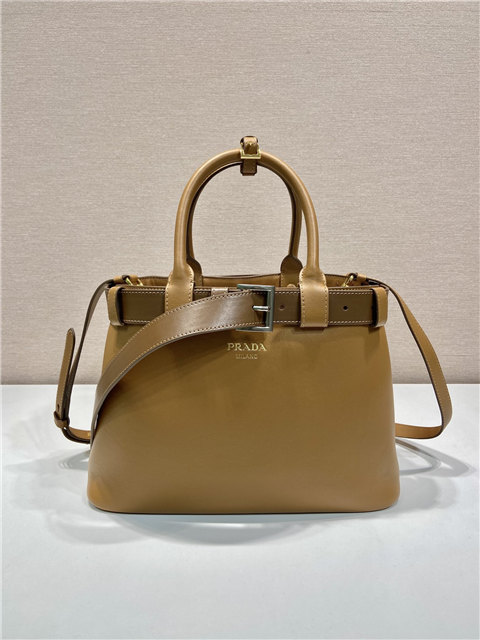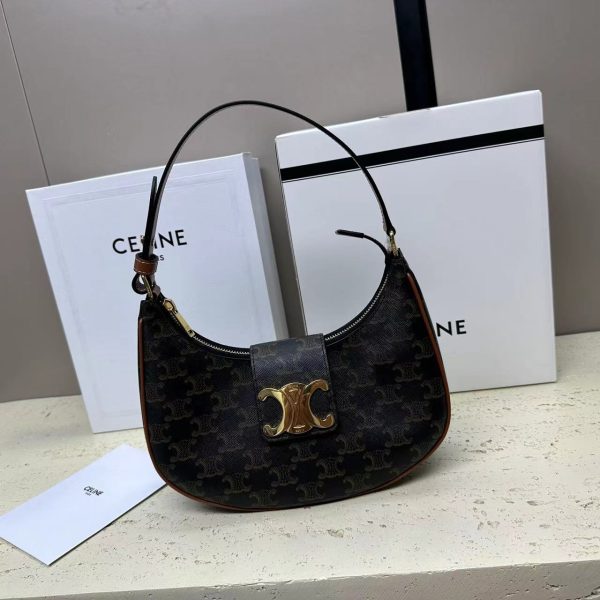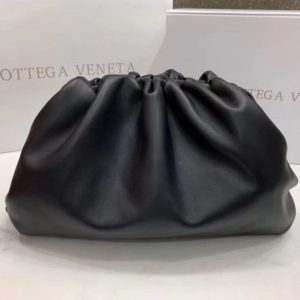First thing’s first: Forget that “listen for the ticking” nonsense. Seriously. While some fakes might have a tell-tale *tick-tock-tick-tock* that sounds like your grandma’s cuckoo clock, a lot of the *better* fakes are getting pretty darn good at mimicking the smooth, almost silent movement of a real Rolex. So, that’s not a foolproof test, by any means.
Instead, let’s zero in on some of the details. The devil’s in ’em, right?
The Date Window: The Magnifier’s a Big Deal. This is a *huge* giveaway, honestly. On a real Submariner Date, that little cyclops lens (the magnifier over the date) should magnify the date *exactly* 2.5 times. If it looks… less magnified? Like, maybe only 1.5 times? Red flag, my friend. Major red flag. Cheap fakes just can’t get this right, and even the slightly less cheap ones often miss the mark. Also, take a *really* close look at the edges of that date window. Are they smooth and precise, or do they look kinda wobbly and uneven? Wobbliness = probably fake.
Spelling is Surprisingly Important (and Often Hilariously Bad). You’d think counterfeiters would at least spell “Rolex” right, but you’d be surprised. Use a magnifying glass ( seriously, get a good one) and meticulously check all the lettering on the dial. Is anything smudged? Is the kerning (the space between letters) weird? Are there any, like, *actual* spelling mistakes? I’ve seen fakes where “Perpetual” was spelled wrong. Seriously, who does that?! But they do. Look closely. It’s kinda sad, but it could save you a ton of cash.
The Movement (If You Can See It): ETA 2824 vs. The Real McCoy. This is a little trickier because you’d ideally need to open the watch. Now, I’m *not* recommending you start prying open your expensive watch with a butter knife. Bad idea. BUT, if you know a reputable watchmaker (keyword: *reputable*), they can pop the back off and take a peek. Real Submariners use Rolex’s in-house calibre 3135 (or a variant, depending on the exact model). Many fakes use a cheap ETA 2824 movement (or a copy of one). The 2824 is a decent movement, sure, but it ain’t a Rolex. It just *feels* different. And if you *do* get a look at the movement, google “Rolex calibre 3135” and compare it to what you’re seeing. The differences should be pretty obvious to a trained eye.
The Finish: Etched vs. Painted. This is another one that requires a magnifying glass and a keen eye. The lettering on a real Rolex dial isn’t just painted on; it’s meticulously etched. It should have a crisp, almost three-dimensional quality to it. If it looks flat and painted, like it was done with a cheap stencil, it’s probably fake.


